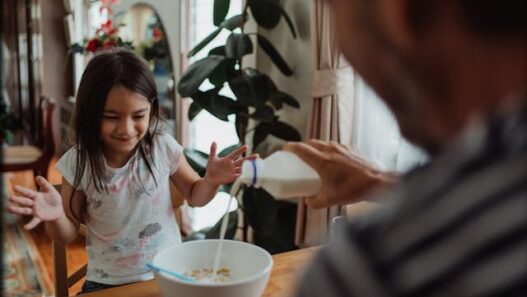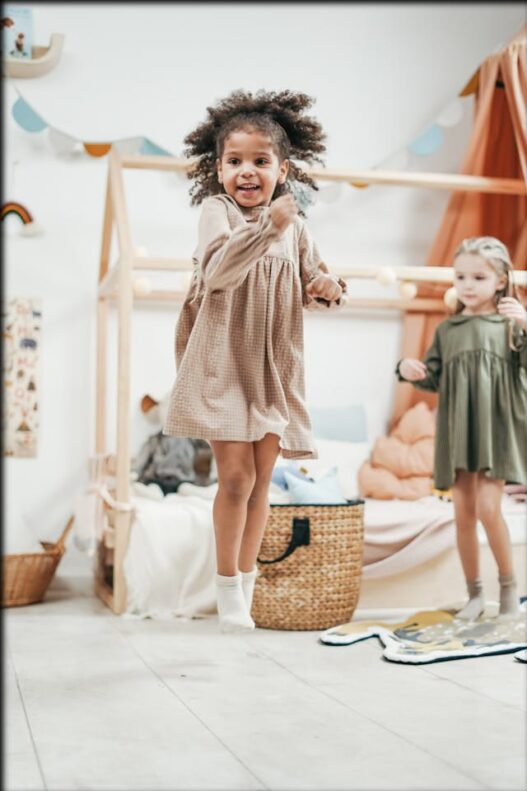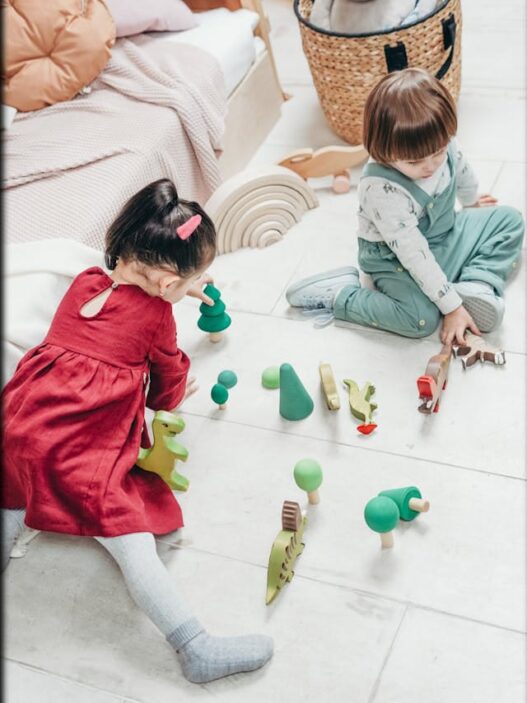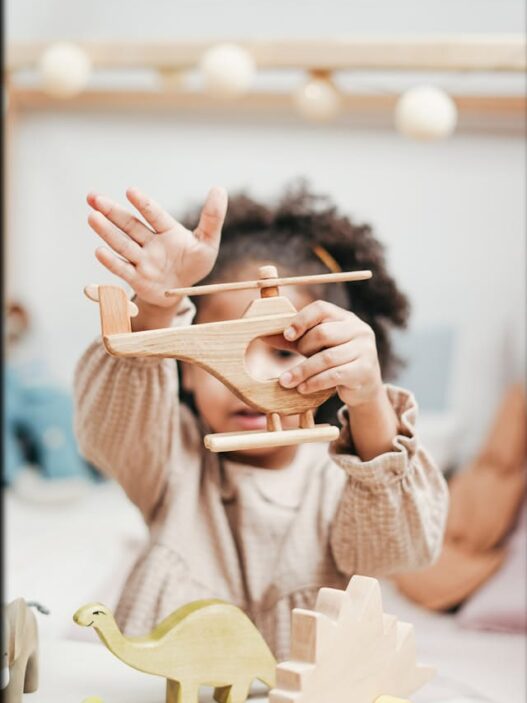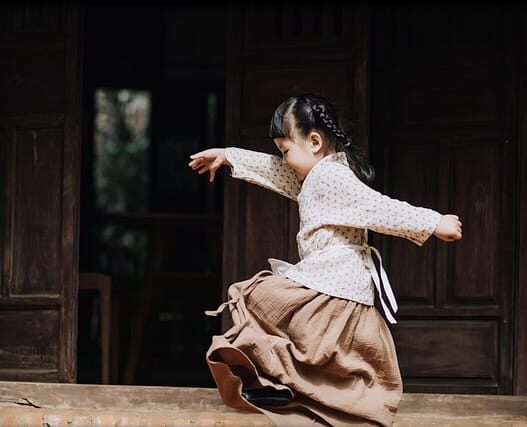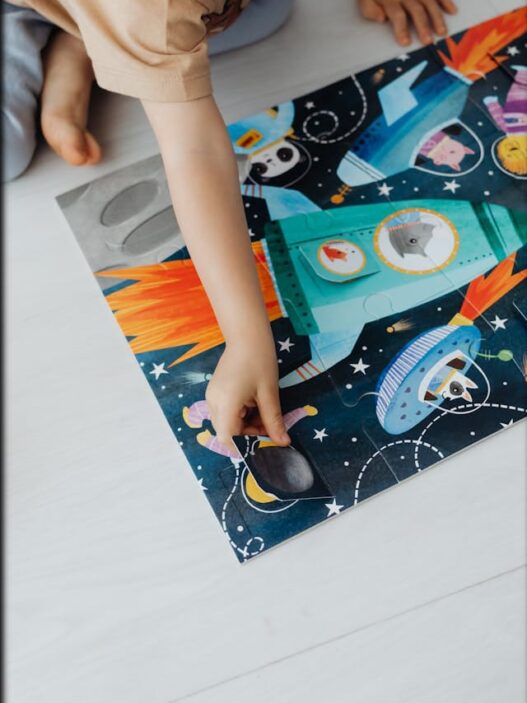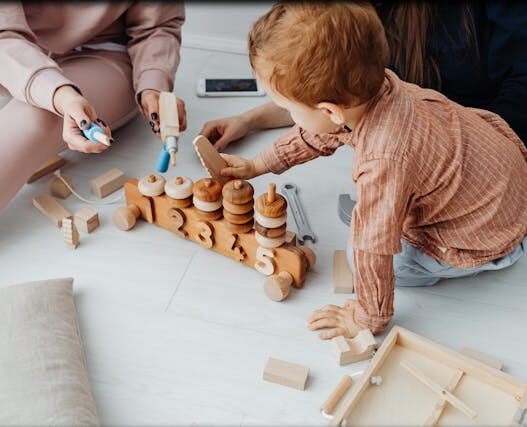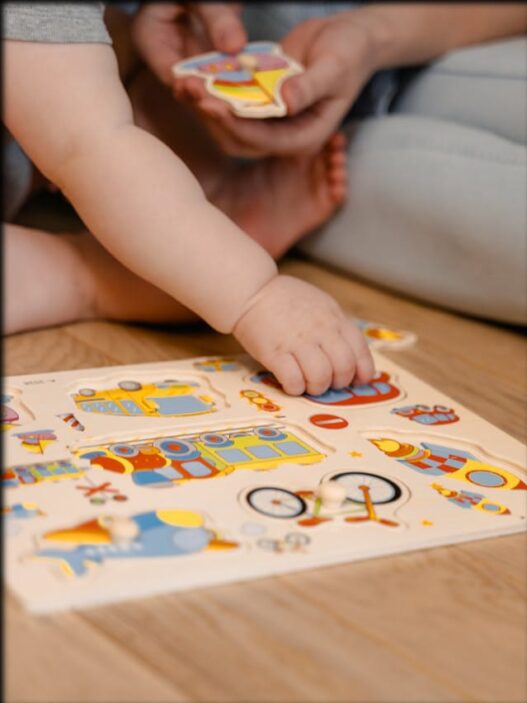The initial smile from a baby is a momentous occasion that fills parents and caregivers with joy and excitement. It signifies a crucial stage in the child’s growth, signaling the beginning of their ability to engage socially and communicate effectively. While each child develops at their own pace, there are certain signs and signals to look out for when anticipating their first smile.
Infants typically start smiling around 6-8 weeks, but this timeline can vary. Some babies may smile as soon as 4 weeks, while others may not start until 2-3 months. It’s crucial to understand that each baby develops at their own pace, and there is a broad spectrum of normal development when it comes to smiling. Nevertheless, there are indications that indicate a baby is getting ready to smile.
One of the first signs to look out for is an increase in eye contact and attention. Babies will start focusing more on faces and making eye contact with people interacting with them. They may also begin mimicking facial expressions such as sticking out their tongue, opening their mouth wide, or frowning. These behaviors show that a baby is starting to understand and respond to social cues, which will eventually lead to smiling.
Look for the “social smile”, a smile directed at someone rather than just a reflex. This type of smile is often prompted by a familiar face or voice, like a parent or caregiver. The social smile is an important milestone, indicating that a baby is starting to engage with their environment and form bonds with key people in their life.
It is important to engage positively with a baby once they begin smiling. Responding with a smile, talking to the baby, and making eye contact all help to reinforce the behavior and encourage further social interactions. Babies respond well to positive reinforcement, so reacting positively to their smiles encourages them to smile more.
As a baby’s social skills improve, their smiles will become more frequent and expressive. They may start smiling in response to different things, such as toys, animals, music, or their own reflection. This shows that the baby is becoming more aware of their surroundings and developing a sense of curiosity and wonder about the world.
Not all baby smiles necessarily express joy. Babies may smile in reaction to discomfort, confusion, or exhaustion. Caregivers must observe the context of a baby’s smile to accurately interpret their emotions. Babies are sensitive and can pick up on subtle cues from their environment, so caregivers need to be attuned to their needs and feelings.
During infancy, babies can start displaying “genuine” smiles that involve the whole face and are accompanied by cooing sounds and other vocalizations, in contrast to social smiles. These smiles indicate happiness and contentment, bringing joy to parents. They signify a strong bond forming between the baby and caregivers, indicating feelings of security and love in their environment.
As babies grow, their smiles become more intricate and diverse, transitioning from basic expressions to more subtle ways of communicating. They start to show laughter, giggles, and a broader spectrum of emotions through their facial expressions. Smiles are essential for conveying emotions like happiness, enthusiasm, astonishment, and even unease in infants.
In conclusion, a baby’s first smile is a major milestone that signals the beginning of their social development and interaction with their environment. While every baby may reach this moment at different times, there are certain indicators and opportunities to look out for when anticipating their first smile. Whether it’s through increased eye contact and attentiveness or the emergence of the “social smile” and beyond, parents and caregivers can expect many more smiles and expressions of joy from their children as they grow and develop.






